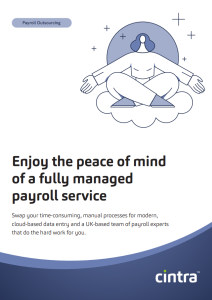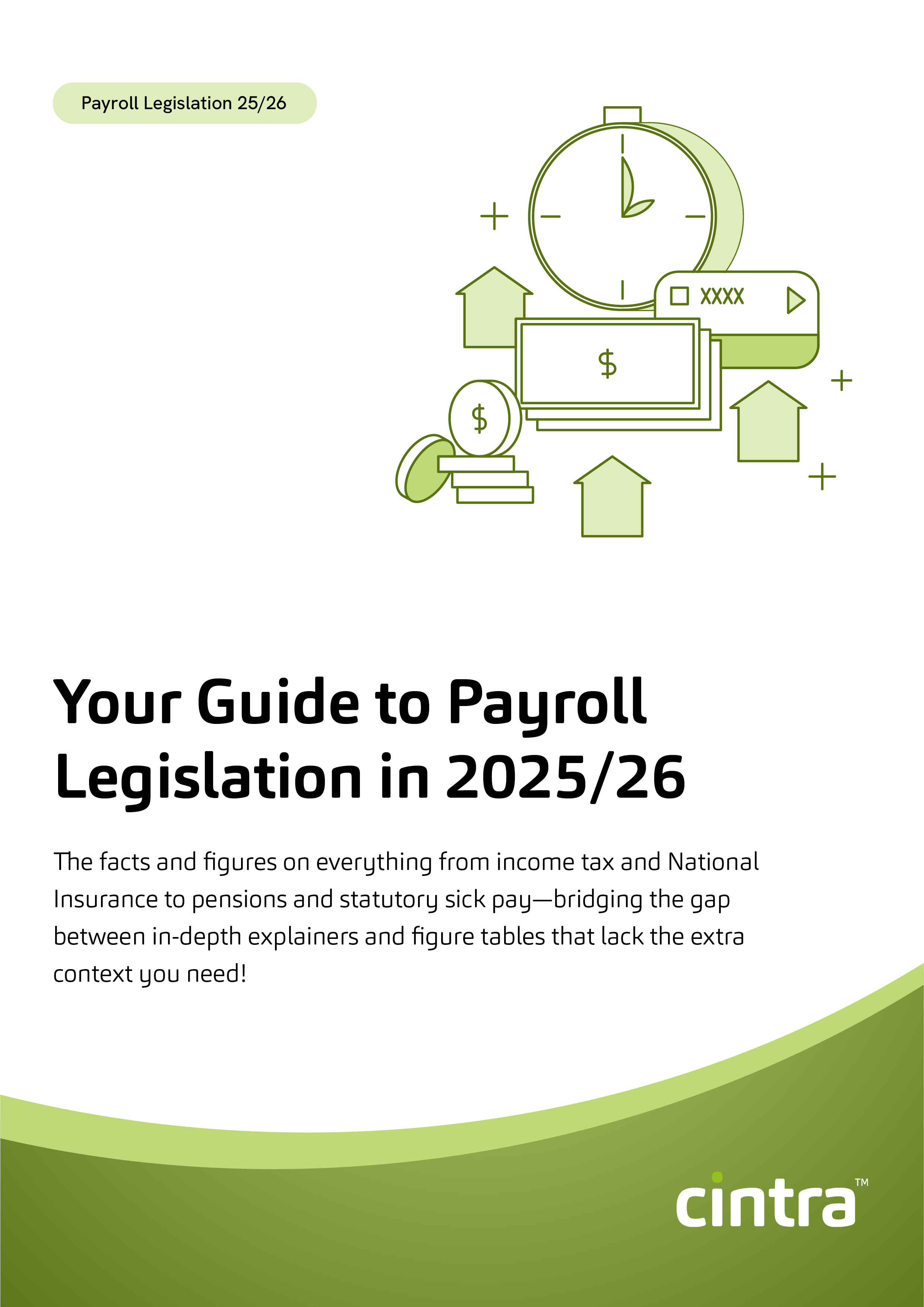In 2024, The Global Payroll Association surveyed over 4000 UK employees and uncovered some eye-opening findings.
A quarter of UK PAYE employees said they’d received an incorrect payslip from their employer at some point. And what’s more, nearly half of those affected (46%) had dealt with this issue more than once.
The survey also revealed that in almost half the cases, the mistakes were down to human error during the wage calculation process.
The fact of the matter is, common payroll errors can and do happen—the goal is to minimise these mistakes as much as possible.
With that in mind, we’ve outlined some of the most common payroll errors in 2025. More importantly, we’ll explain: the consequences of the payroll error; how to correct the payroll error; and how to avoid making the payroll error in the first place.
5 common payroll errors in 2025
To help bring these common payroll errors to life, we’ll use some real-world scenarios.
Data entry mistakes
Kate checks her payslip and immediately spots a problem—she’s £200 short because her overtime wasn’t entered correctly.
Naturally she’s frustrated and worried about how she’s going to pay her bills. She reaches out to HR, who now have to spend time digging into the mistake.
Luckily, their payroll system is date-driven, so fixing the error is quick and straightforward: the payroll team simply adjust the incorrect overtime entry, and the system automatically recalculates Kate’s pay.
To stop this from happening again, Kate’s company decides to automate timesheet data entry directly into payroll—cutting down on manual input and minimising future errors.
Missing deadlines
GreenTech Solutions are wrapping up payroll for the month when James, the finance manager, suddenly realises they’ve forgotten to submit the Employer Payment Summary (EPS) to HMRC. This is perhaps classed as a “smaller” mistake, but one that could lead to penalties if not sorted quickly.
Fortunately, their payroll software lets them submit the EPS right away. James double-checks the Employer Payment Record (P32) and payroll analysis reports to make sure everything balances—breathing a sigh of relief once he sees everything’s in order.
As James is keen for this not to happen again, he sets a reminder in the payroll system to submit the EPS well before the deadline (the 19th of the following month). He also configures the software to automate Real Time Information (RTI) alongside BACS payments, making sure payroll runs smoothly without any last-minute stress.
Payroll overpayments
Alex, an employee at BrightTech, leaves at the end of June. But due to an oversight, his leave date isn’t updated in the payroll system before BACS is processed. As a result, he’s accidentally paid an extra month’s salary.
When the payroll team catch the mistake, they quickly step in to fix it. Thanks to the software’s date-driven functionality, they can roll back to the previous pay period, correct the payroll error, and let the system automatically recalculate everything.
To keep things transparent, they generate a scratch payslip so Alex can clearly see the payroll overpayment.
To recover the funds—without causing Alex any financial strain— BrightTech set up a loan deduction in the payroll system, automatically reclaiming the overpaid amount in manageable instalments over the next few months.
To avoid similar slip-ups in the future, the payroll team tightens their process by running a final automated report before processing BACS.
Get the latest insights and best practice guides, direct to your inbox.
Overlooking pension contributions
Emma, a marketing manager at an advertising company, checks her pension statement and notices that no contributions have been made for the past six months.
She contacts payroll, who investigate and find that her auto-enrolment wasn’t run during payroll processing. They fix the error by backdating the missing contributions, making sure both Emma’s payments and the employer’s contributions are correctly applied. Once everything’s updated, they inform Emma and her pension provider, so everyone has full visibility of the changes.
The best way to avoid this common payroll error going forward is to have a solid reporting process in place to catch any issues early. As Andrew Thompson, Head of Support & Account Management at Cintra, puts it: “It may seem like common sense, but clearly mapping out your payroll procedures is key to preventing mistakes.”
Miscalculating National Insurance Contributions
When Jake started his new job at a pharmaceutical company, he was excited to get his first payslip—until he noticed his National Insurance (NI) deductions looked way higher than expected. He reached out to payroll, who quickly spotted the issue: he’d been put in the wrong NI category due to a manual input error.
Thankfully, the payroll team were able to quickly correct the payroll error and backdate the adjustment, so Jake didn’t lose out on his NI allowance.
To stop this from happening again, Jake’s company updated their payroll system to automatically assign NI codes to all new starters.
Want to avoid common payroll errors? Meet Cintra Solvers
The Cintra Solvers team are all about making payroll as efficient and error-free as possible.
If something’s taking too long or isn’t working smoothly, they’ll find a smarter, more efficient way to do it. And because they know payroll best practices inside out, they don’t just fix problems—they help stop them from happening in the first place!
We’re big enough to compete but small enough to care
People choose Cintra because we offer the perfect balance of expertise, innovation, and personal service.
Our support team isn’t just a helpdesk; “we’re payroll professionals who speak the same language as our clients, solving problems rather than selling solutions.”— Andrew Thompson
If you want to speak to a real payroller today about common payroll errors, all you have to do is book a demo.

Find out more about Cintra's award-winning outsourced payroll services.
Download your Cintra Source brochure


